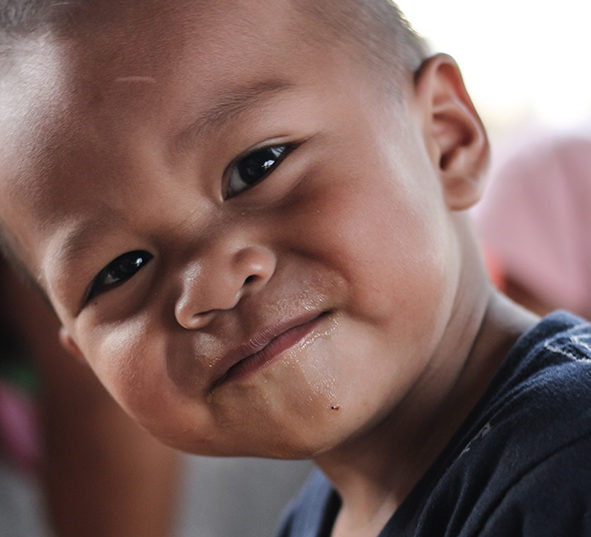Practice guidelines for childhood post-traumatic stress disorder (PTSD) recommend trauma-focused psychological therapies as the first-line treatment. The primary approach is trauma-focused cognitive behavioural therapies, which have a large evidence base. Another approach is a brief, trauma-focused treatment based on eye movement desensitisation and reprocessing (EMDR). Here, the patient visualises a disturbing image from the trauma in their memory while engaging in sets of saccadic eye movements (looking side to side).1
While this approach is recommended in the 2005 NICE guidelines2 for use in adults, there is limited evidence for its efficacy in youths. Now, researchers have conducted a single-blind, multi-centre, randomised trial involving 103 youths aged 8-18 years allocated to one of three study arms: EMDR, cognitive behaviour writing therapy (CBWT) or wait-list (WT). The WL participants were assigned to one of the other two groups after a 6-week delay. EMDR and CBWT comprised of up to six sessions lasting 45 minutes each. Both treatments were well tolerated, and intention-to-treat analyses yielded large effect sizes for the primary outcomes at post-treatment, relative to WL.
Overall, 92.5% EMDR and 90.2% CBWT participants no longer met the criteria for PTSD, compared to 52.9% WL participants. This improvement was maintained at the 3-month and 12-month post-treatment follow ups. The researchers thus consider that a brief trauma treatment for youths with PTSD that requires minimal parental involvement and no training in coping skills can be highly effective.
De Roos, C., van der Oord, S., Zijlstra, B., Lucassen, S., Perrin, S., Emmelkamp, P. & de Jongh, A. (2017), Comparison of eye movement desensitization and reprocessing therapy, cognitive behavioral writing therapy and wait-list in pediatric posttraumatic stress disorder following single-incident trauma: a multicentre randomized clinical trial. J. Child. Pscyhol. Psychiatr. 58: 1219-1228. doi: 10.1111/jcpp.12768.
Further reading
1Shapiro, F. (2001), Eye movement desensitization and reprocessing: Basic principles, protocols, and procedures, 2nd ed. New York: Guildford Press.
2NICE (2005), Post-traumatic stress disorder (PTSD): The management of PTSD in adults and children in primary and secondary care. NICE clinical guideline 26. Available from http://guidance.nice.org.uk/CG26 [NICE guideline].
